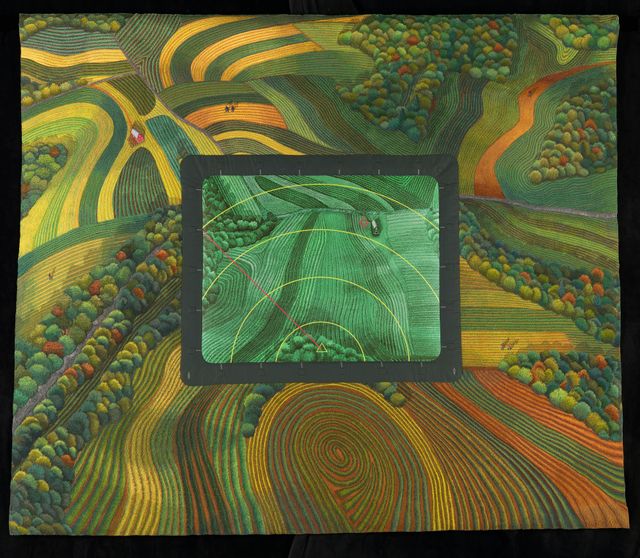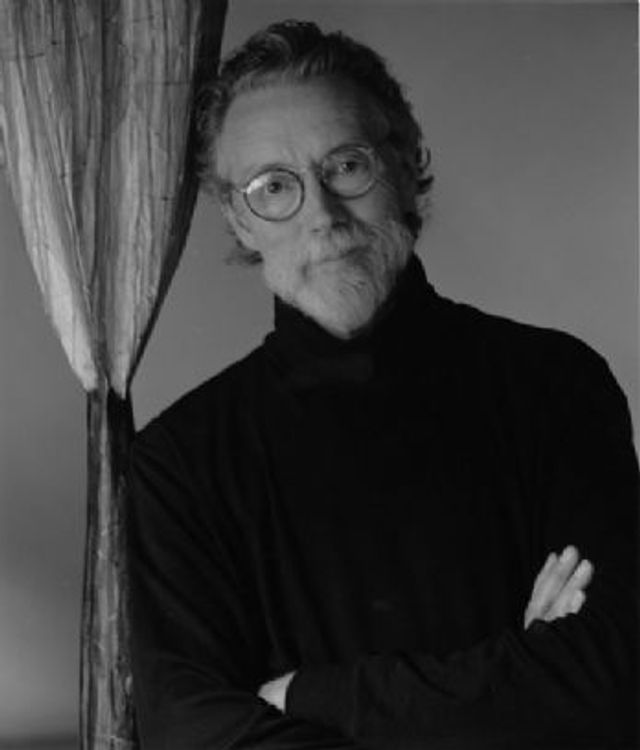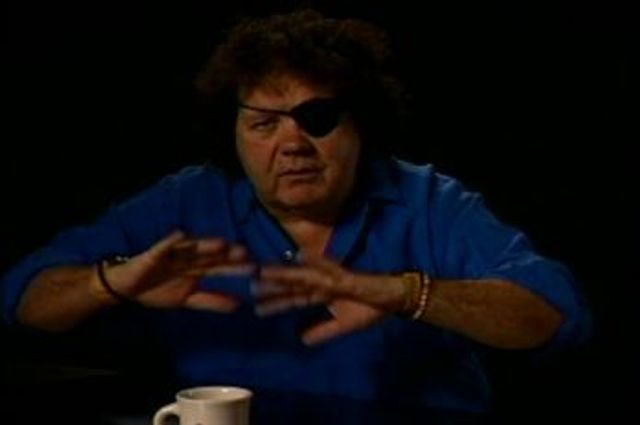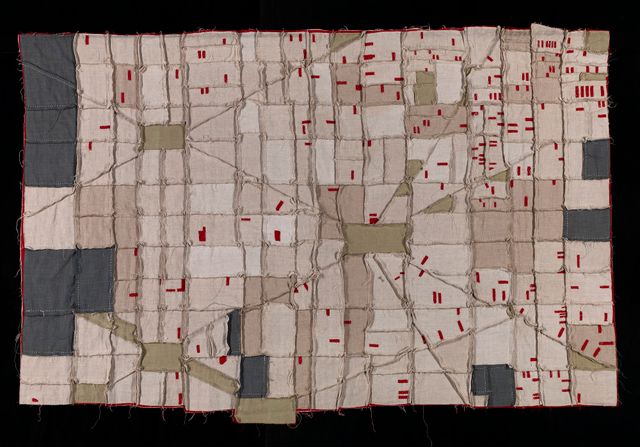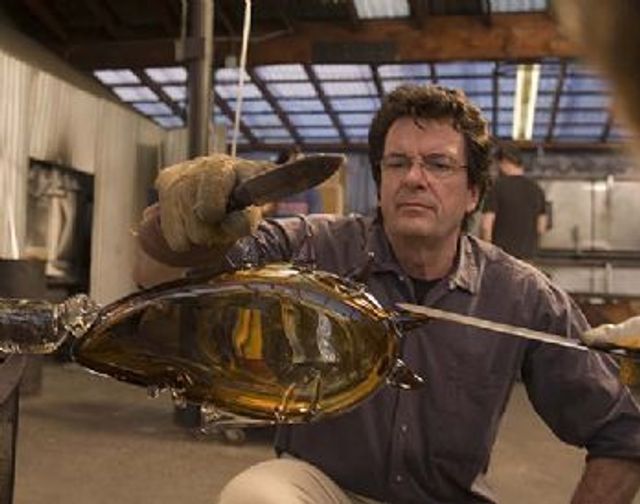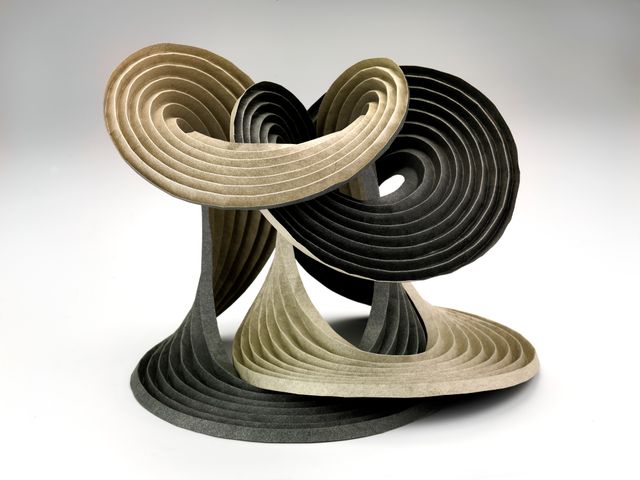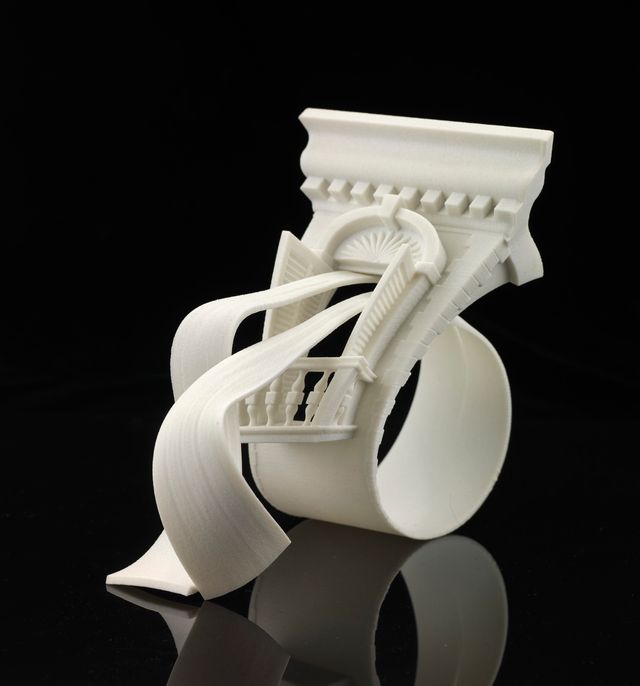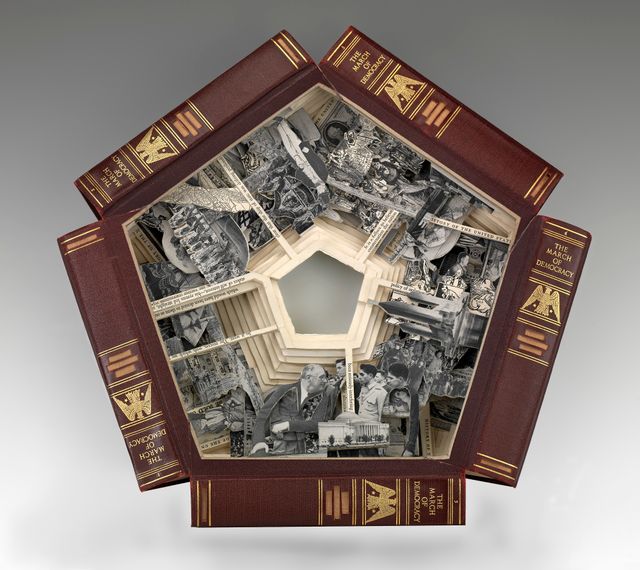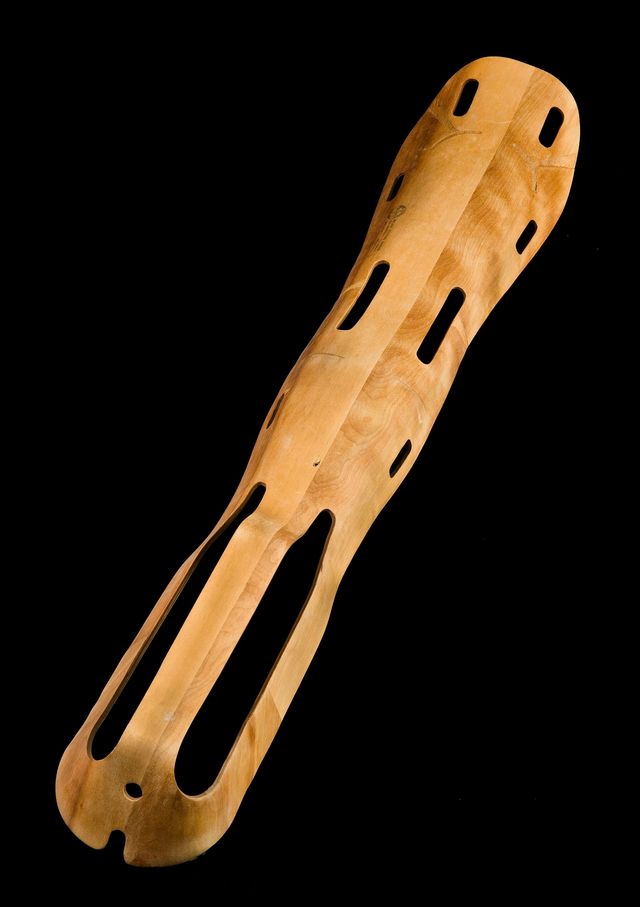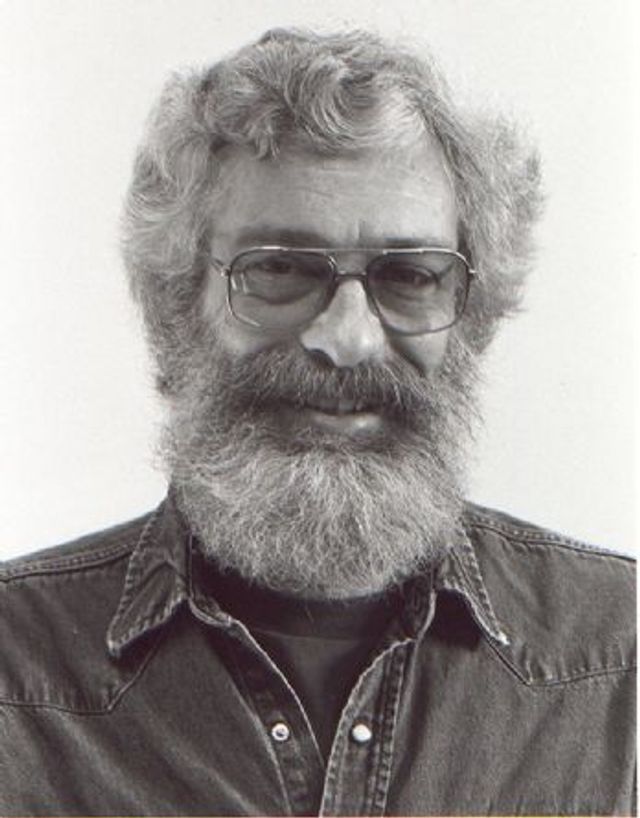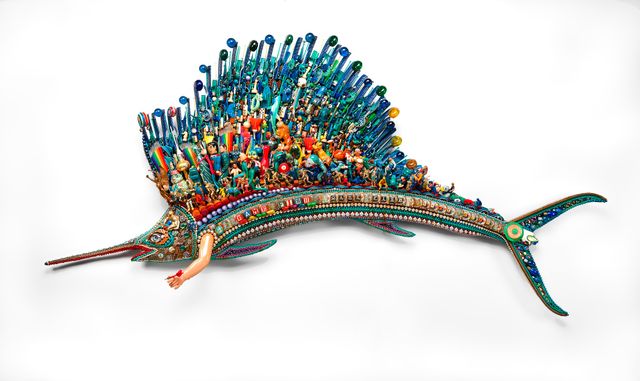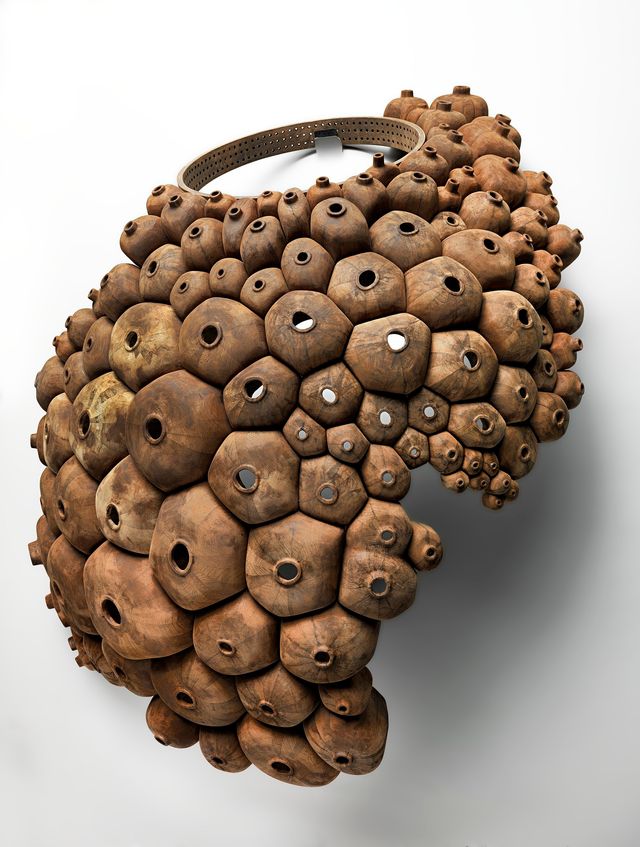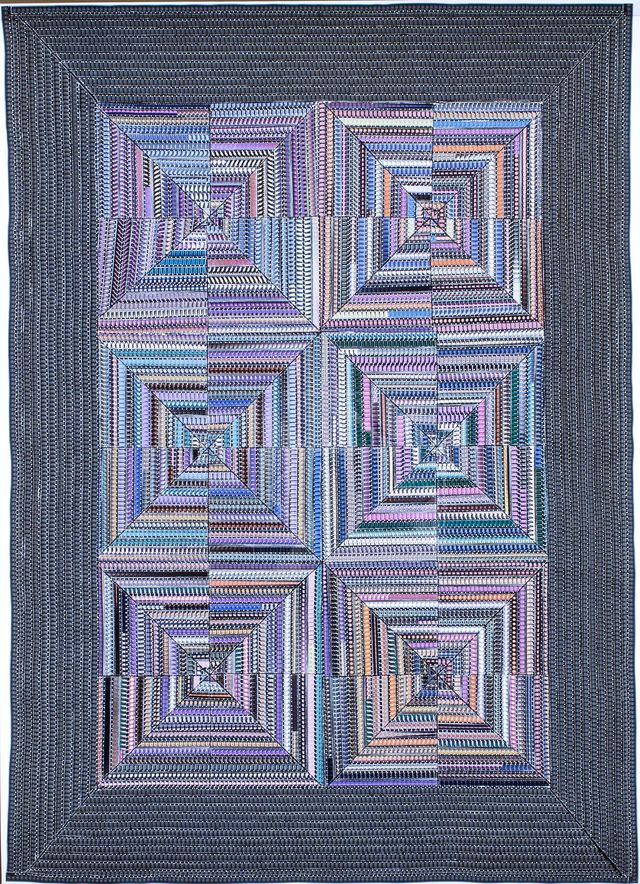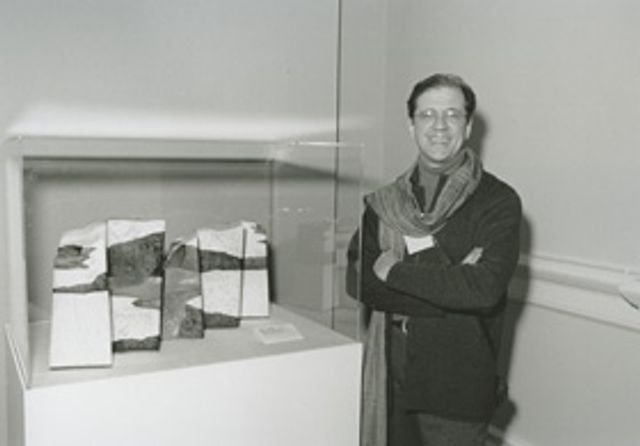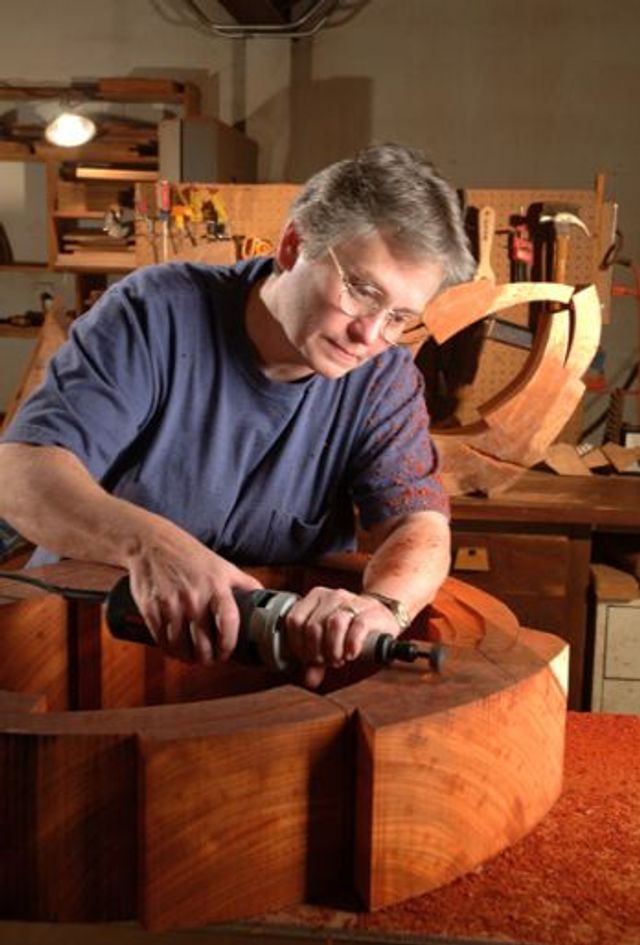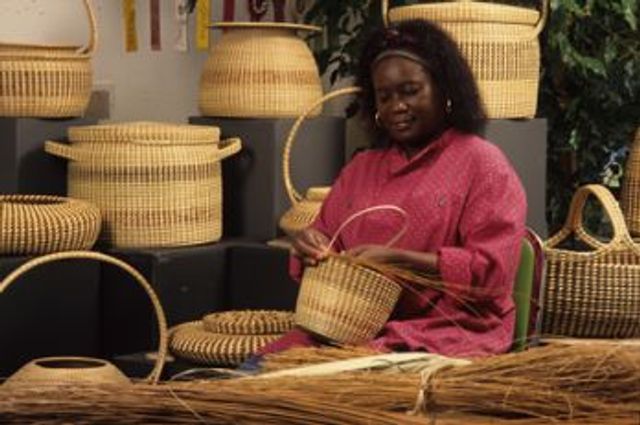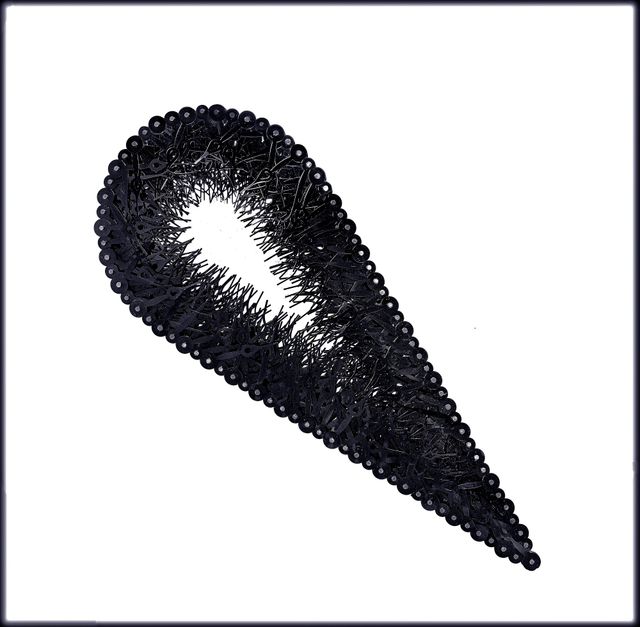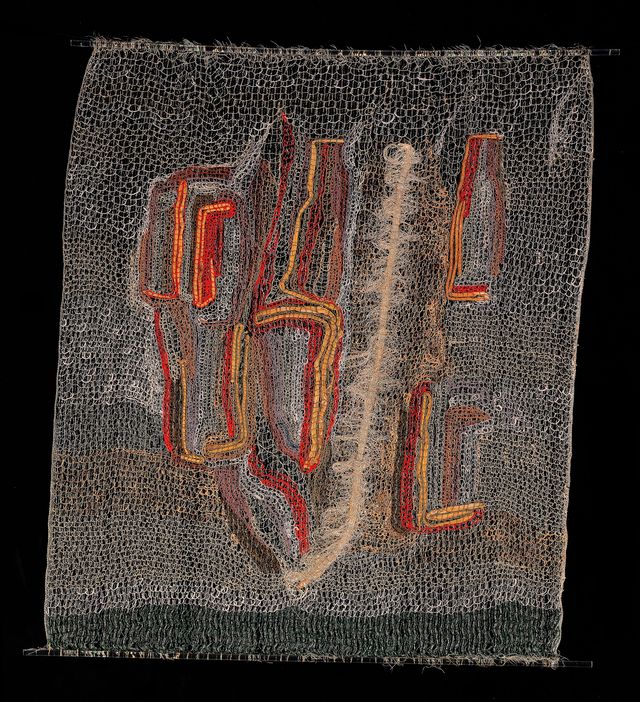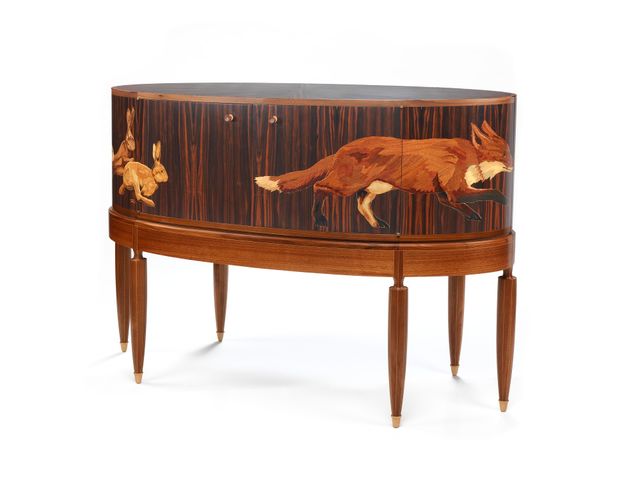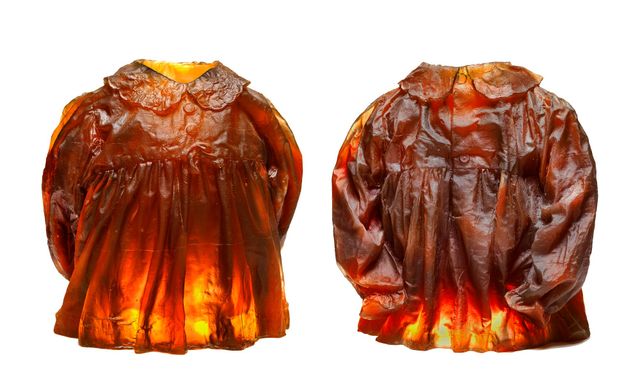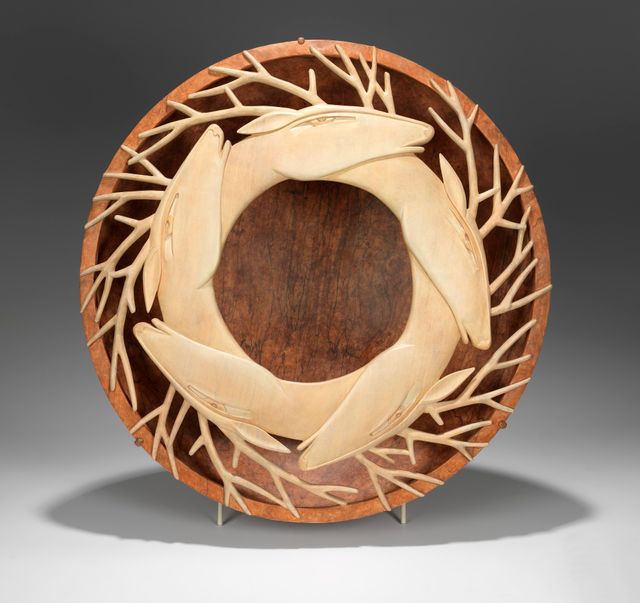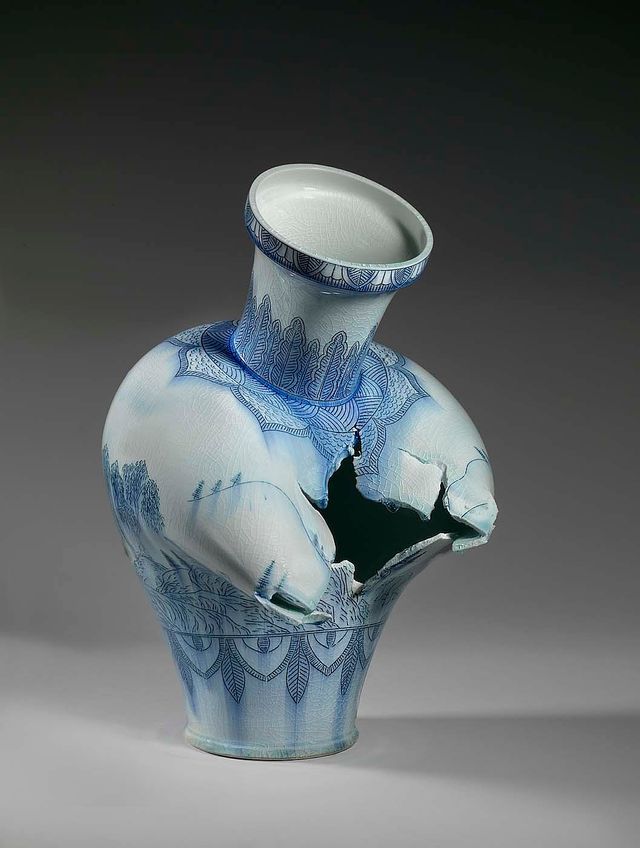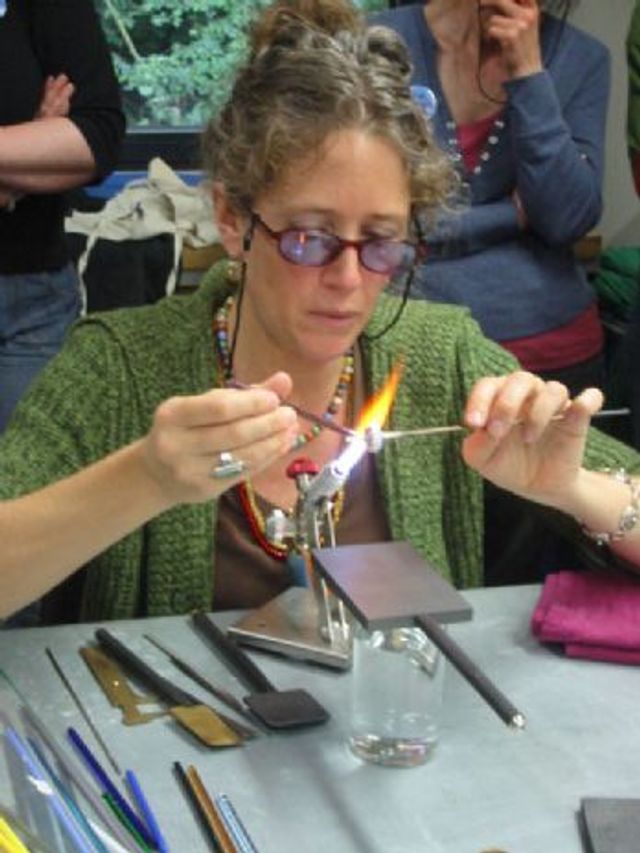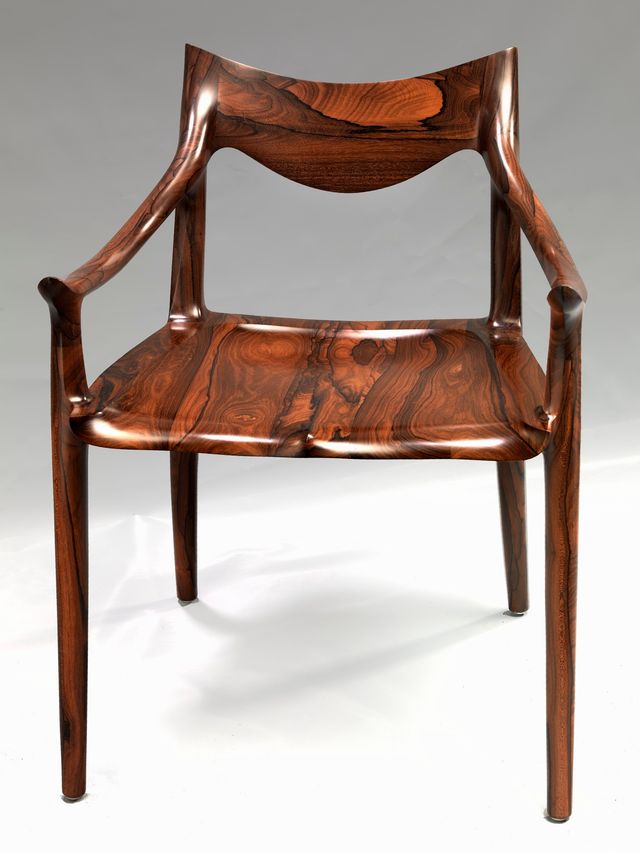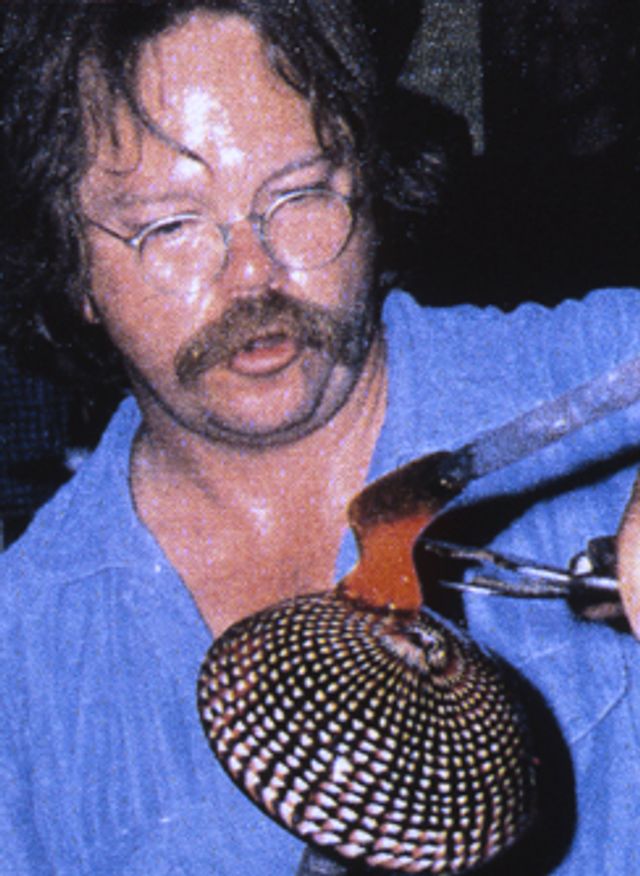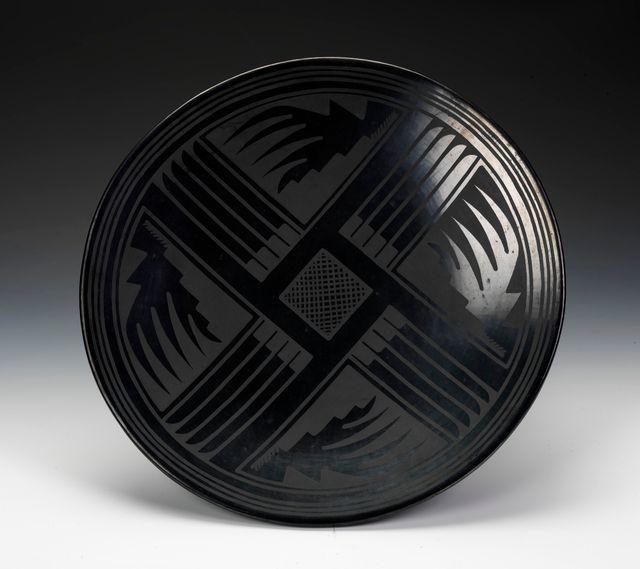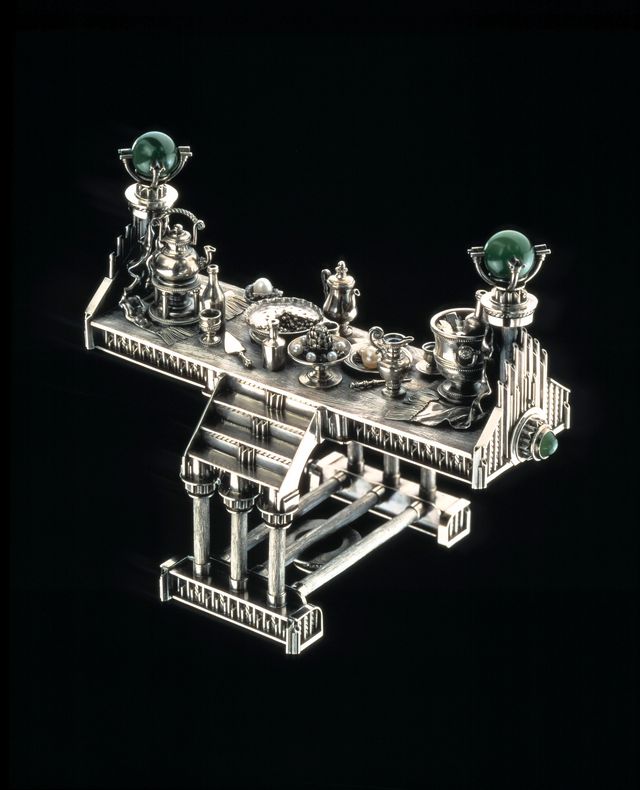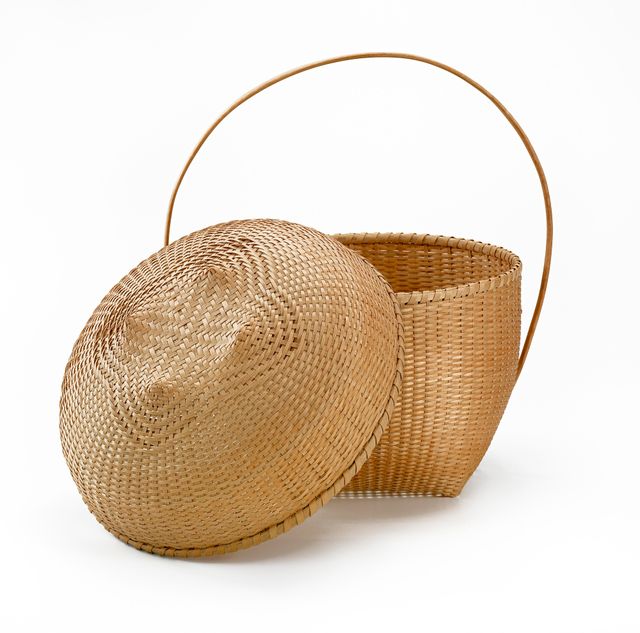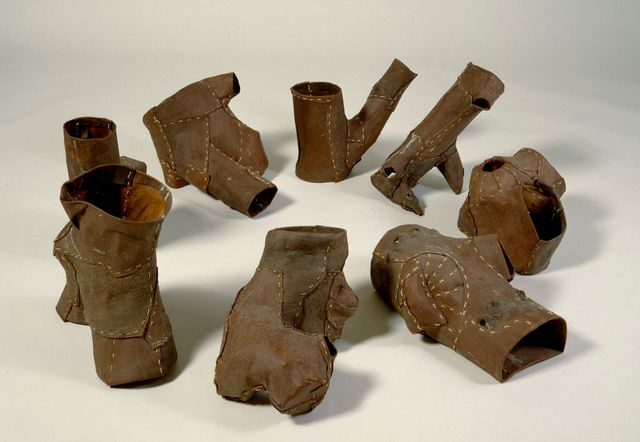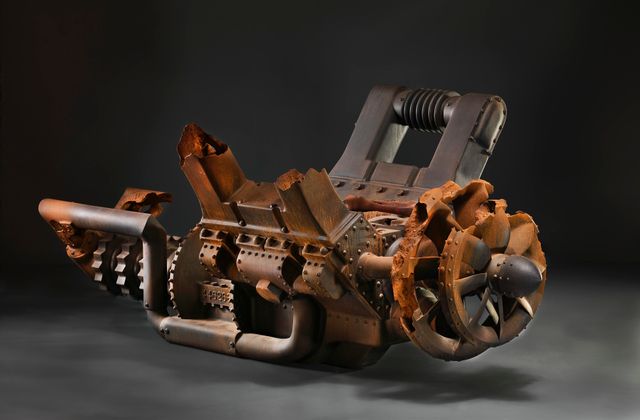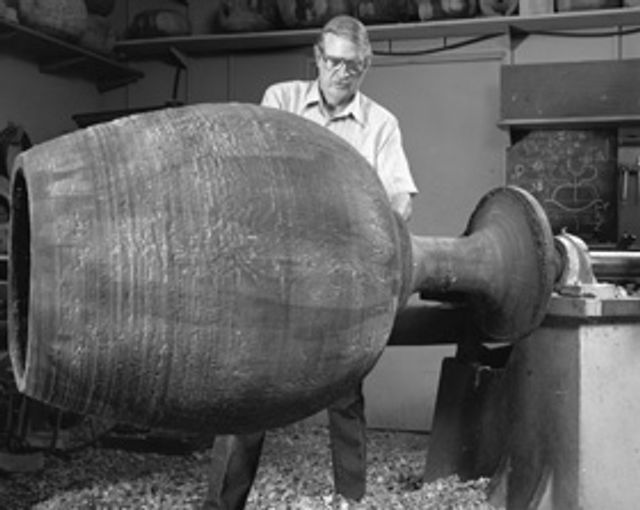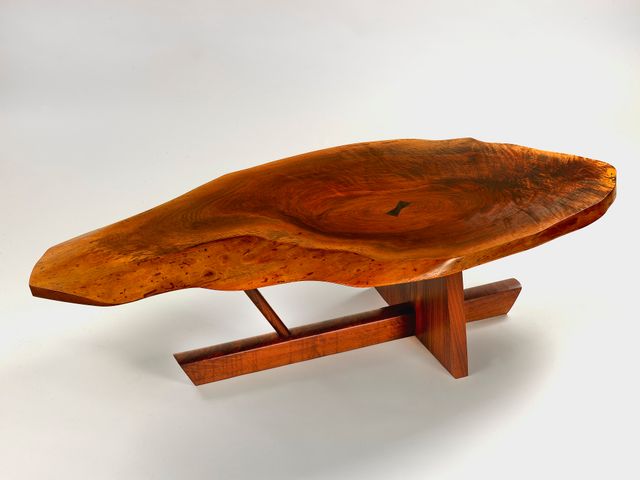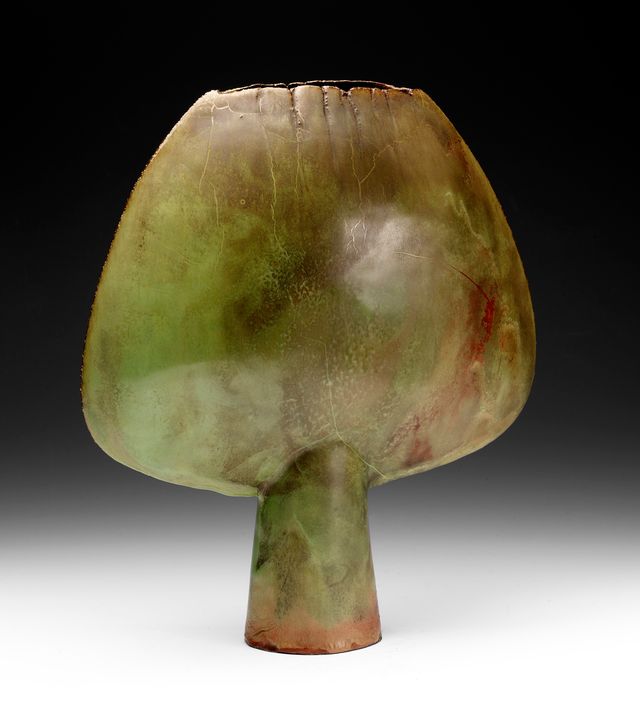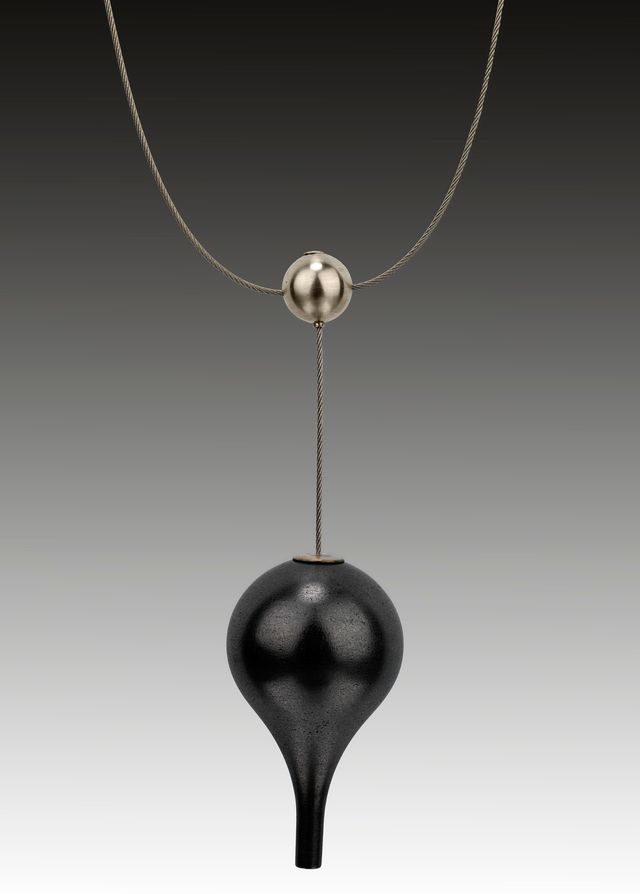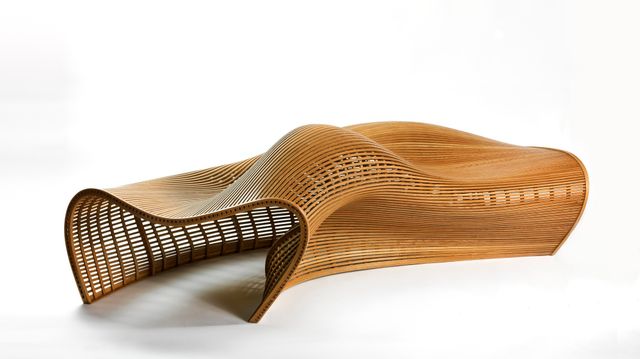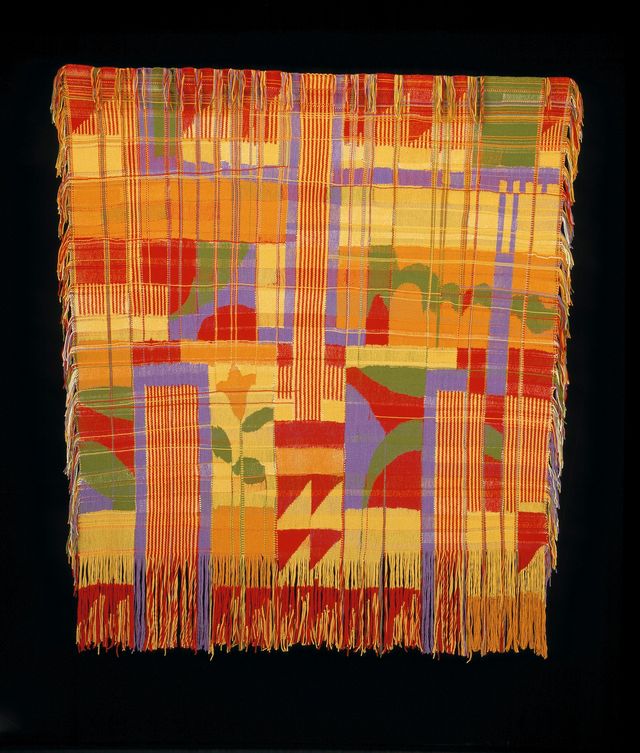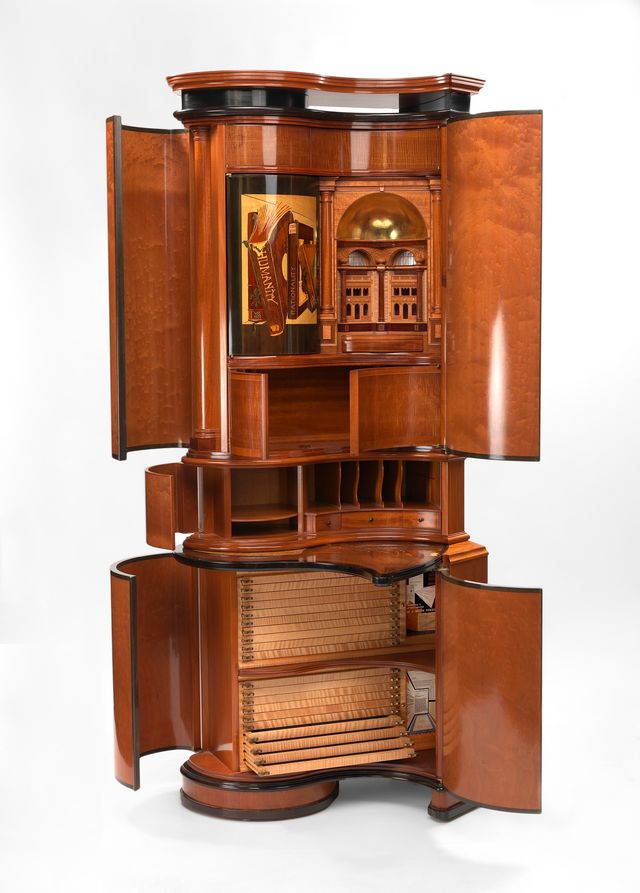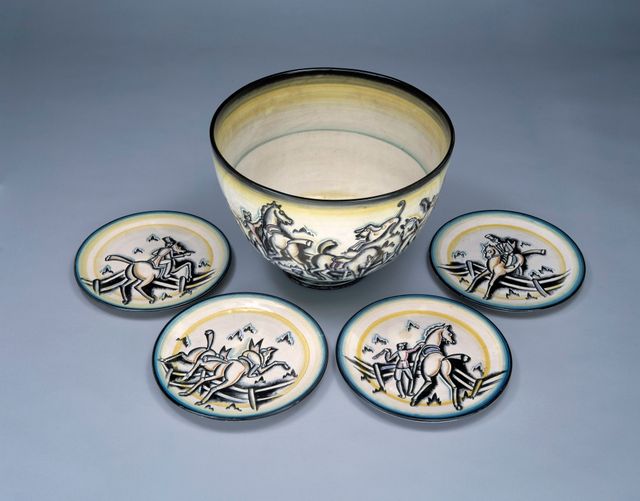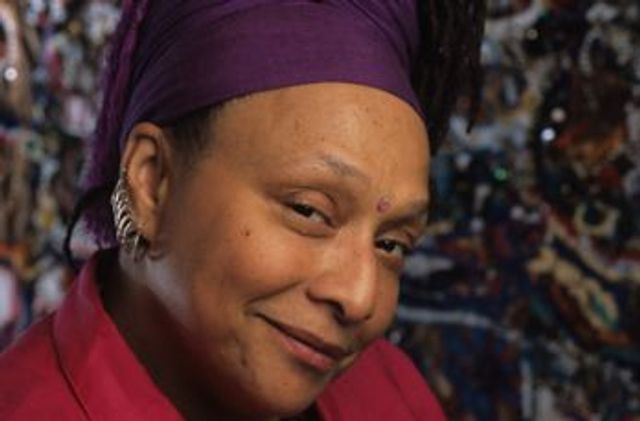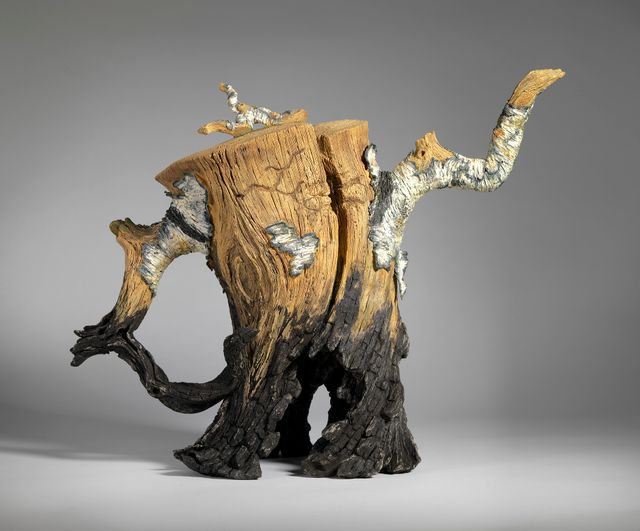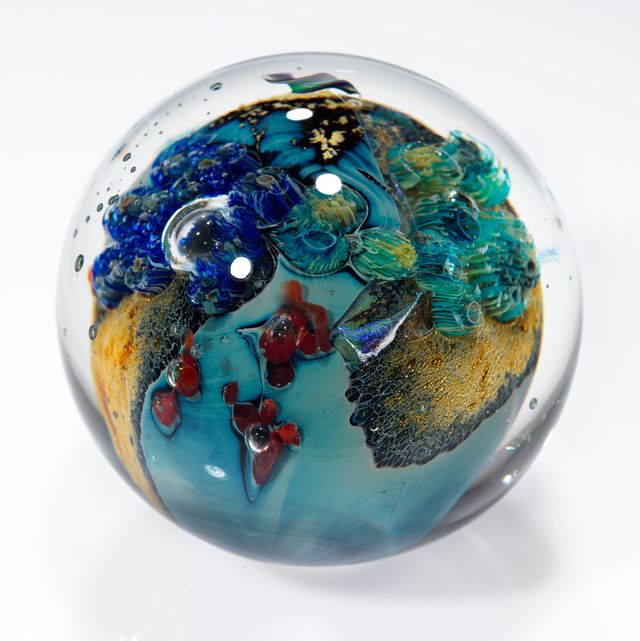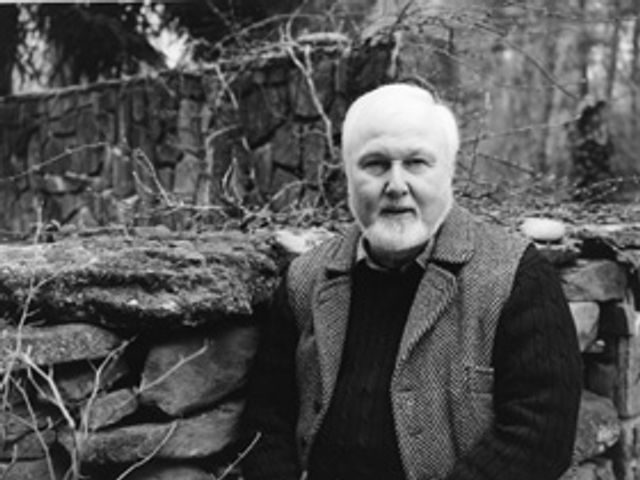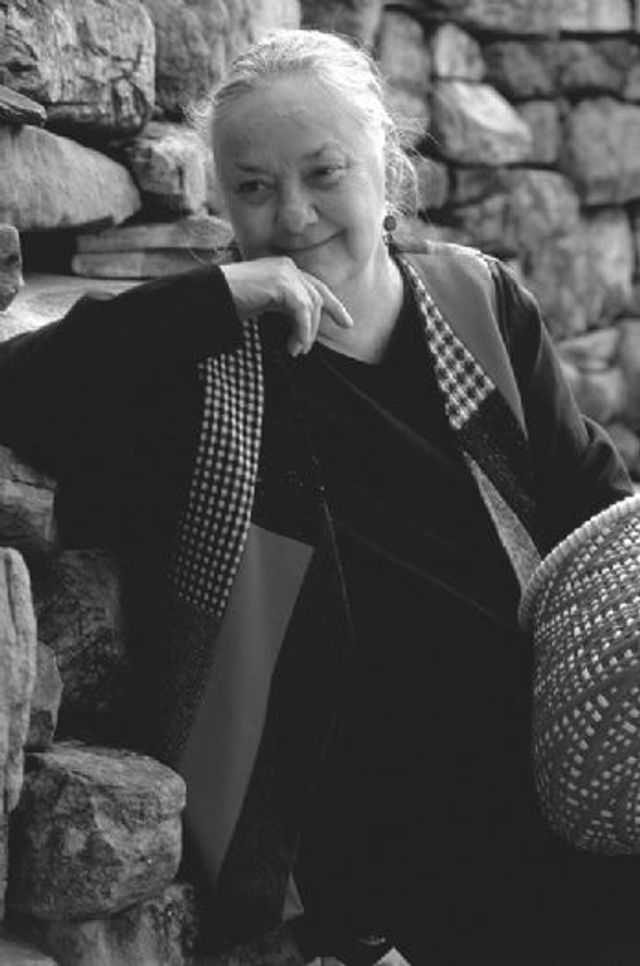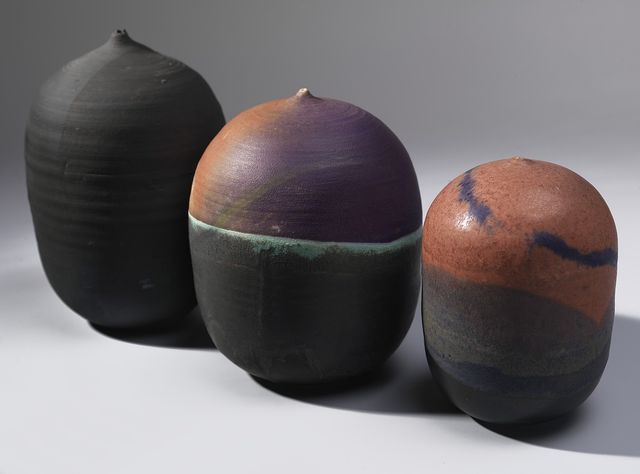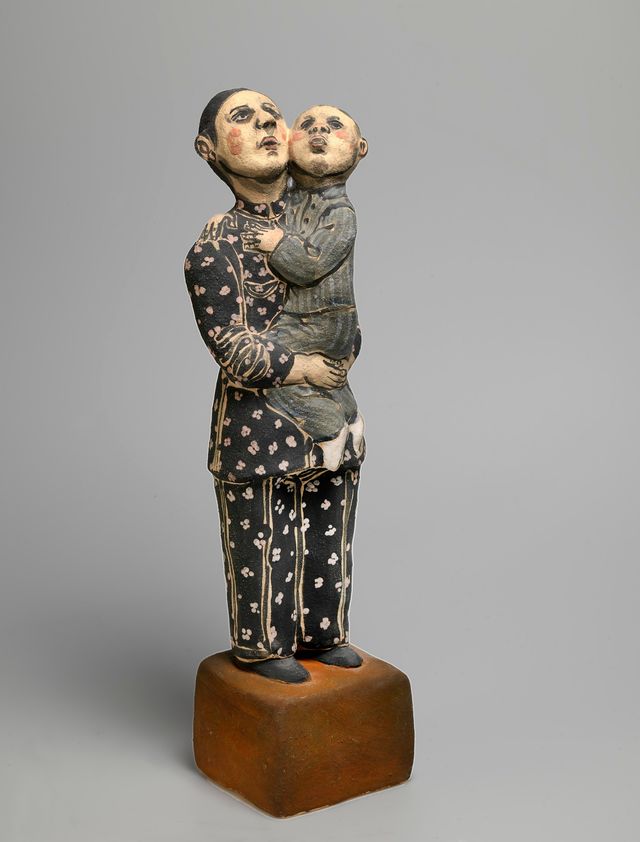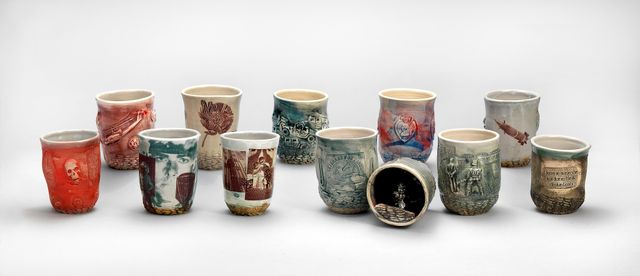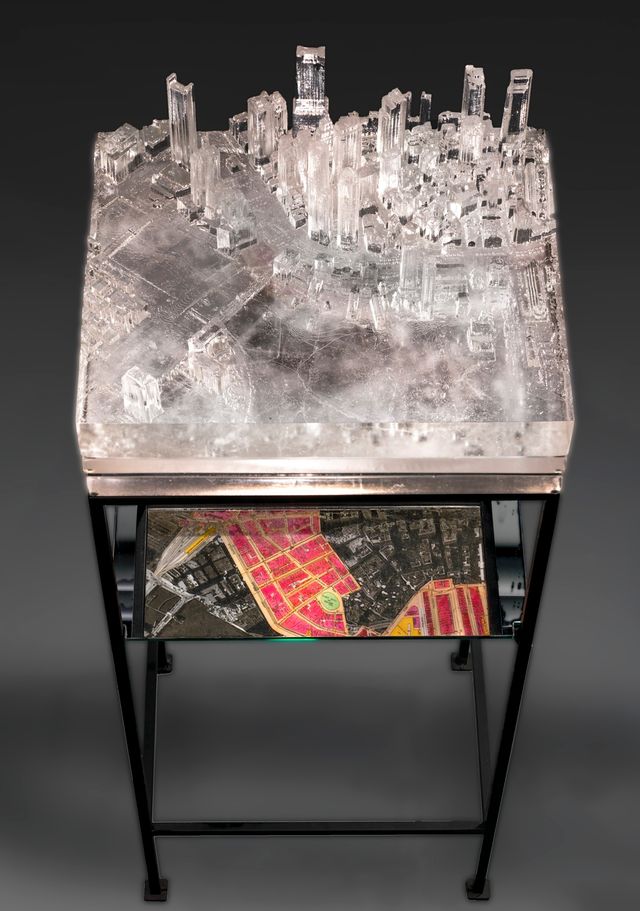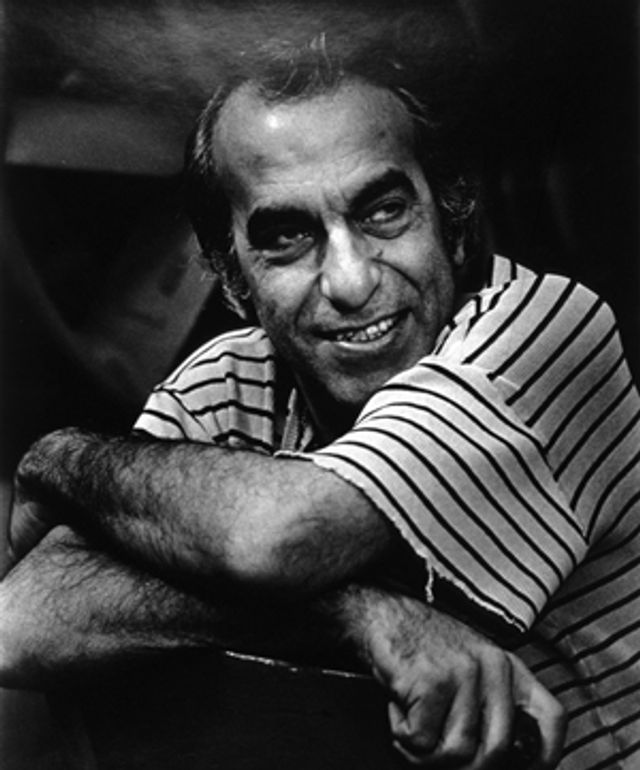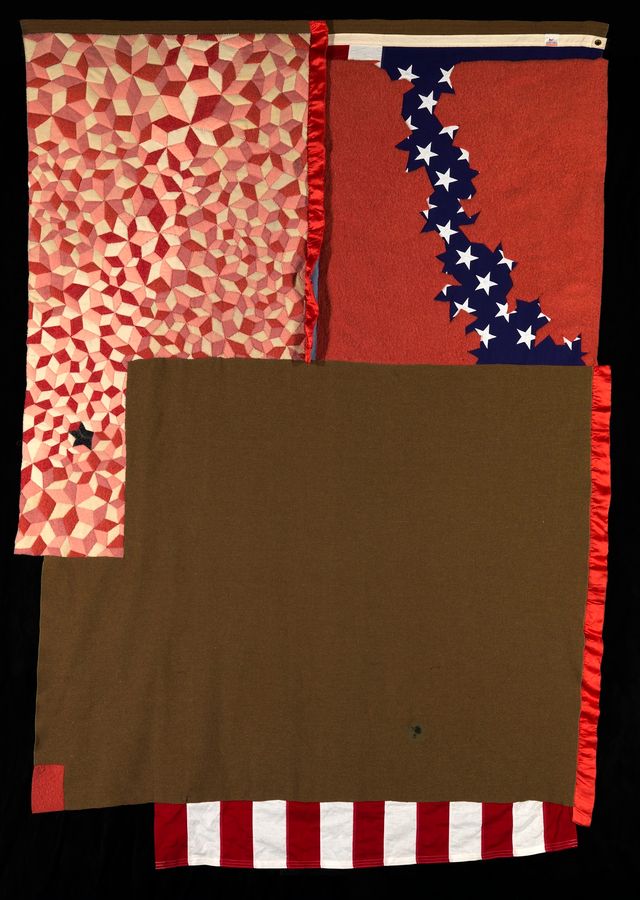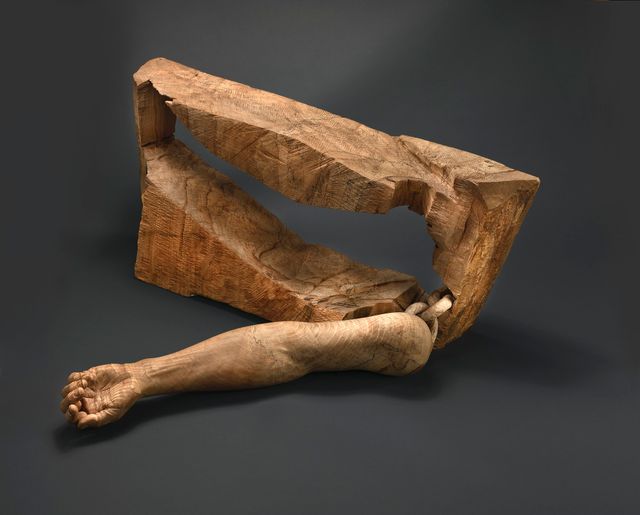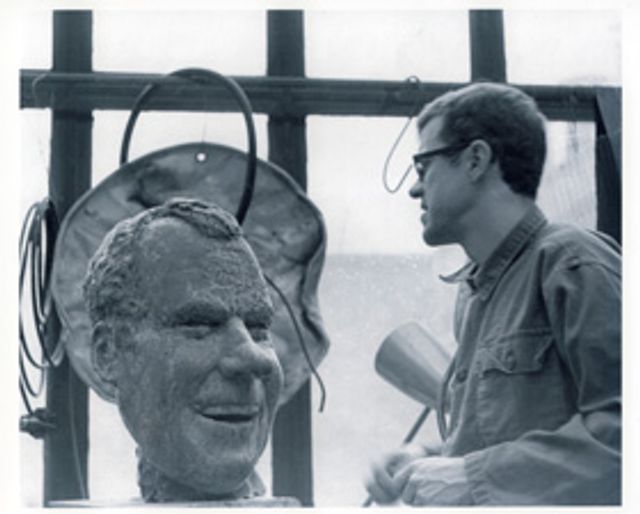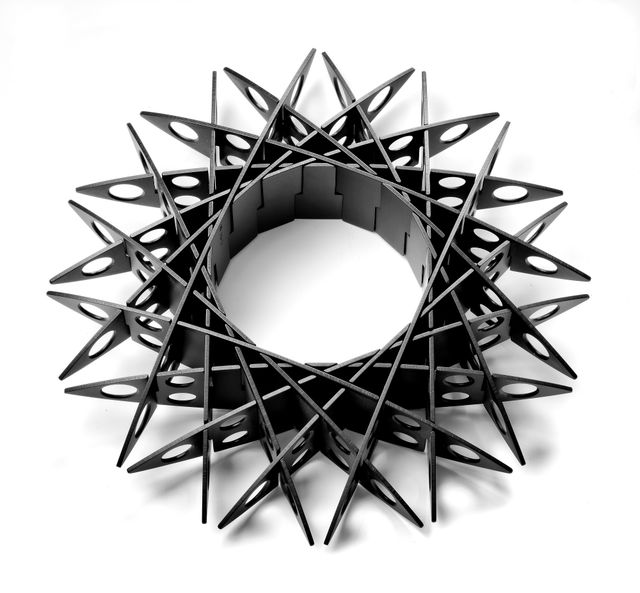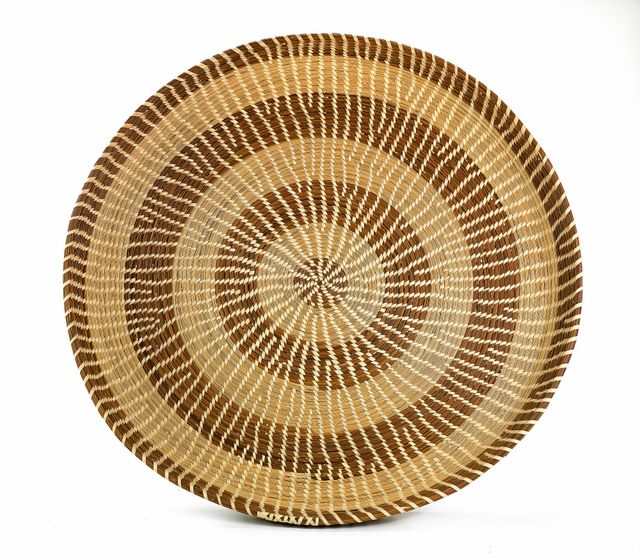Connections: Contemporary Craft at the Renwick Gallery
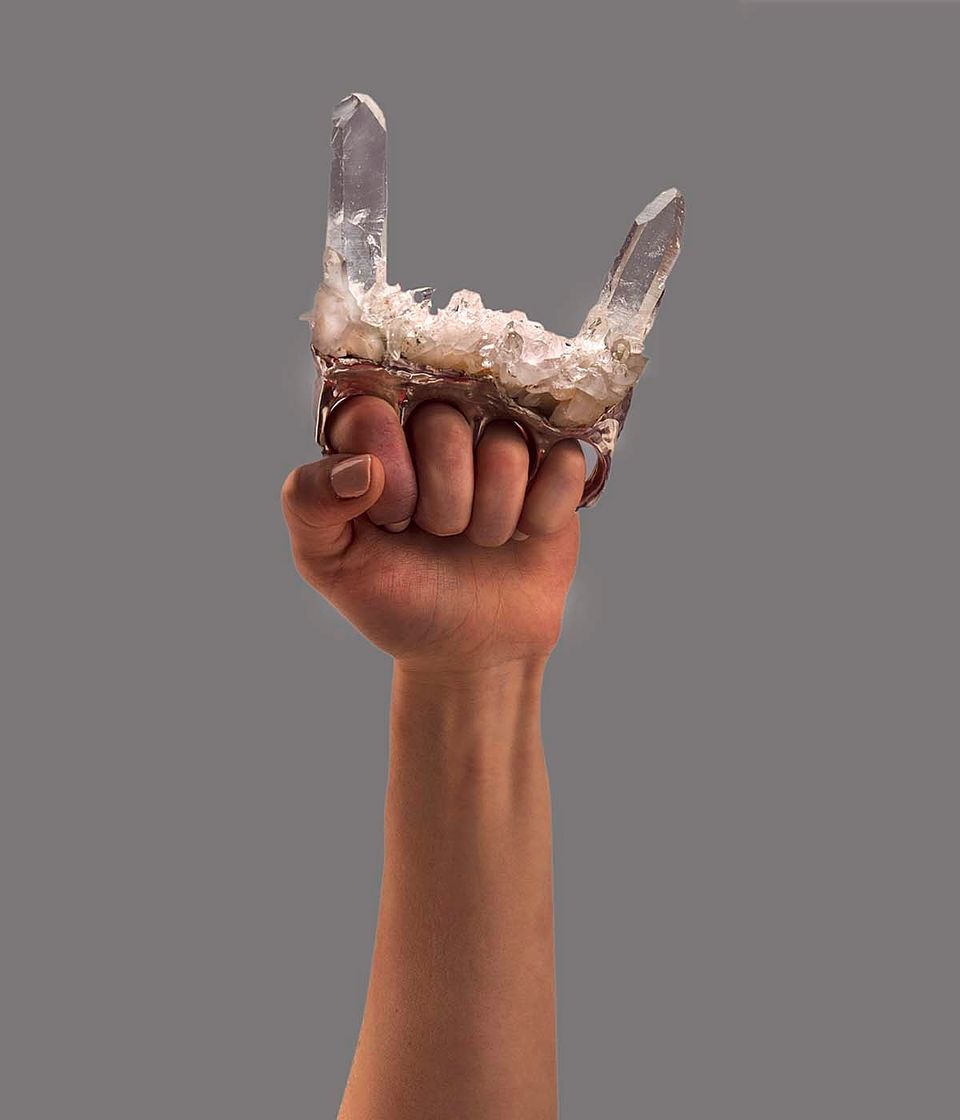
Debra Baxter, Devil Horns Crystal Brass Knuckles (Lefty), 2015, quartz crystal and sterling silver, Smithsonian American Art Museum, Gift of the artist in honor of Joanna and David Baxter, 2016.11, © 2015, Debra Baxter; Photo by Kim Richardson.
Connections is the Renwick Gallery’s dynamic ongoing permanent collection presentation, featuring more than 80 objects celebrating craft as a discipline and an approach to living differently in the modern world. The installation includes iconic favorites alongside new acquisitions. The arrangement breaks from typical display formats based on chronology or material to instead focus on the interconnectivity of objects and the overlapping stories they tell. The installation does away with hierarchical distinctions and the idea of the curator’s voice as absolute authority, instead presenting works that engender ever-evolving associations and interpretations. Objects are loosely thematically organized to mimic an analog version of the Web, using an associative approach derived from the way we navigate today’s “hyperlinked” world. Visitors are encouraged to find their own path through a vast network of possibilities that highlight explicit connections as well as subtle, unexpected resonances among the artworks on view.
“Craft objects do not exist in a vacuum. Each artwork tells many stories, and each is made even more interesting through relationships to other objects and ideas. As that object continues to develop meanings and spawn questions through contact with other artworks, it remains vital in a changing world.”
–Nora Atkinson, The Fleur and Charles Bresler Curator-in-Charge, Renwick Gallery
Description
In selecting both pioneering and contemporary pieces, Atkinson also explores the underlying current of craft as a balancing, humanistic force in the face of an ever-more efficiency-driven, virtual world. The installation highlights the evolution of the craft field as it transitions into a new phase at the hands of contemporary artists, showcasing the activist values, optimism, and uninhibited approach of today’s young artists, which in some way echoes the communal spirit and ideology of the pioneers of the American Studio Craft Movement in their heyday.
The artworks range from the 1930s through today and span numerous media. New acquisitions such as Mary Jackson’s Vase with Handle, Josh Simpson’s Megaplanet, and Akio Takamori’s Green Mountain and Ochre Landscape make their debut in the gallery while seminal works including Wendell Castle’s Ghost Clock, Karen LaMonte’s Reclining Dress Impression with Drapery, Albert Paley’s Portal Gates, and Kim Schmahmann’s Bureau of Bureaucracy return to view.
Visiting Information
Videos
Credit
The Henry Luce Foundation and the Windgate Charitable Foundation generously support the reinstallation of the Renwick’s permanent collection.
Online Gallery
Artists
Jamie Bennett studied metalsmithing at the University of Georgia and later at the State University of New York, New Paltz.
Born in Emporia, Kansas, Wendell Castle earned a B.F.A. degree in sculpture in 1958 and an M.F.A. in industrial design in 1961 at the University of Kansas.
Born in Tacoma, Washington, Dale Chihuly studied with Harvey Littleton, founder of the studio glass movement, at the University of Wisconsin and received an M.F.A. degree from the Rhode Island School of Design in 1968.
Dan Dailey became fascinated with what he considers the “magic” of glassblowing while at Philadelphia College of Art. He often incorporates other materials and will bend or penetrate the surface of the glass to play on its brittleness and solidity.
David Ellsworth received his MFA from the University of Colorado at Boulder in 1973. Eight years earlier, he had studied architecture for a year at Washington University, St. Louis.
Born in Chicago, Larry Fuente studied at the Kansas City Art Institute from 1967 to 1968, after which he followed friends to California.
Myra Mimlitsch Gray received her masters degree in metalsmithing from the Cranbrook Academy of Art in 1986.
Born in Bucyrus, Ohio, Harper received a B.S. degree in 1966 and the following year an M.S. in education from Case Western Reserve University. He also studied advanced enameling at the Cleveland Institute of Art.
Born in Colorado Springs, Wayne Higby received a B.F.A. degree in 1966 from the University of Colorado in Boulder and an M.F.A. degree in 1968 from the University of Michigan.
Robyn Horn was born in Fort Smith Arkansas, and went to Hendrix College in Conway, Arkansas.
Born in Lakewood, Ohio, Mary Lee Hu earned a B.F.A. degree in 1965 at Cranbrook Academy of Art and an M.F.A. in 1967 at Southern Illinois University, where she first explored weaving wirea characteristic of her jewelry.
Mary Jackson was four when her mother taught her to weave baskets from dried sweet grass. Eventually, Jackson grew bored with the traditional pieces she had been making and began to create contemporary forms from traditional materials.
Self-taught embroiderer Mariska Karasz arrived in the United States from her native Hungary at the age of sixteen. The influence of Hungary's rich folk-art tradition is reflected in her early work.
Kristina Logan always intended to have a career as an artist, but it wasn’t until after college when she spent four years working for glass artist Dan Dailey that she found direction for her work.
Born in Chino, California, Sam Maloof is a 1934 graduate of Chino High School. He worked as a graphic artist before being encouraged by his wife to pursue woodworking.
Richard Marquis earned a B.A. degree in 1969 and an M.A. in 1971 at the University of California at Berkeley, where he studied glass and ceramics.
Although Julian Martinez (San Ildefonso Pueblo) created many paintings on paper, he is best known for his collaborations with his wife, the potter Maria Martinez (San Ildefonso Pueblo).
Richard Mawdsley earned a B.S. degree in education in 1967 at Kansas State Teachers College and an M.F.A. in 1969 at the University of Kansas.
John McQueen earned a B.A. degree at the University of South Florida in Tampa in 1971 and an M.F.A. degree at the Tyler School of Art at Temple University in 1975.
Born in Cleveland, Edward Moulthrop earned a B.A. degree in architecture in 1939 at Case Institute of Technology and an M.F.A. at Princeton University in 1941.
"To build a small palace around here with a Japanese carpenter in the finest traditions …" is a dream George Nakashima would like to realize someday.
Born in Vienna, Austria, Gertrud Natzler graduated from the Vienna Handelsakademie in 1926 and later took classes in drawing, painting, and ceramics.
Albert Paley earned B.F.A. and M.F.A. degrees at Tyler School of Art, Temple University, in 1966 and 1969 respectively.
Joan Parcher spends hours digging through garbage dumps to gather materials for her jewelry. After collecting fragments of rubber, graphite and mica, the artist sets them aside until she decides how best to showcase their natural characteristics.
Zack Peabody uses industrial materials in his work to call attention to the beauty of everyday objects. His stainless steel and niobium brooches and bracelets look like the skeletons of buildings and bridges.
Born in Chicago, Ed Rossbach earned a B.A degree in 1940 at the University of Washington, an M.A. in 1941 at Columbia University, and an M.F.A. in 1947 at Cranbrook Academy of Art.
A prolific industrial designer, artist, and teacher, Viktor Schreckengost's creations have touched on nearly every aspect of American life.
Joyce Scott relates her work as an artist to her family's craft traditions and to her African American heritage. In her jewelry and sculpture, she employs humor and irony to address cultural stereotypes and issues of racism and sexism.
Josh Simpson first experimented with glass when he was a student at Hamilton College in 1970.
Following his father's advice, Paul Stankard studied glassblowing at a technical college and worked for ten years producing glass instruments for laboratories.
Billie Ruth Sudduth began making baskets as a diversion from her job as a school psychologist, and decided in 1989 to dedicate all of her time to weaving.
Toshiko Takaezu studied at the University of Hawaii and at Cranbrook Academy in Michigan, where she also taught. She has been on the faculty of other institutions, including the Cleveland Institute of Art and Princeton University.
After serving in the U.S. Army Air Force from 1943 to 1946, he entered Montana State College, earning a B.S. degree in 1951 and, the following year, an M.F.A. degree at California College of Arts and Crafts in Oakland.
Shiang-shin Yeh studied mechanical engineering at the National Taiwan University because “it seemed to be the most practical and useful subject in the world.” He grew dissatisfied with engineering, however, and turned to applied design, studying metal














